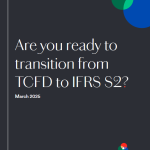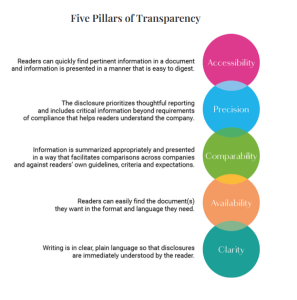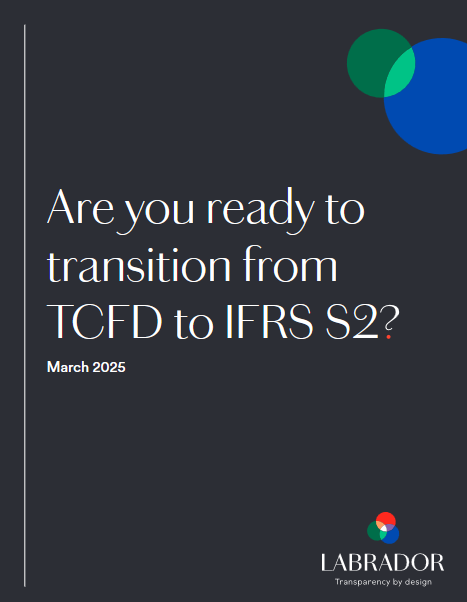It’s always important to re-read the section of your proxy that handles the “math” of how the different types of votes cast – through proxy cards, voter instruction forms and at the actual meeting – including how broker non-votes are treated for each item on your annual meeting agenda. Checking the disclosure in your “Voting Standards” section of the proxy (as well as your proxy card and VIF) against your bylaws each year anew is important.
And it’s important to understand how these types of votes would apply to an unexpected floor proposal as borne out in this excellent piece by Carl Hagberg in his latest issue of the “Shareholder Service Optimizer” (see this blog for other mistakes Carl sees in this area):
“We almost forgot to treat this subject until our good friend Broc Romanek brought up the subject in a recent blog – but to our mind, this is the most pernicious, dangerous and stupid thing a publicly traded company can do when it comes to proxy voting. In our long career as Inspectors of Election at Proxy Fights, we have seen at least a dozen companies lose control of the board – and the company itself – thanks to “floor votes.”
Please note well that newer companies – even quite large-cap companies – which often take a while to hit their stride – and also tend to have a majority of their shares held in “impatient hands” – are especially vulnerable to be taken over here, “from the floor.”
Here’s why we hate them so – and what to watch out for:
- First, we hate Floor Proposals because they allow votes to be held where the majority of the shareowners are totally unaware that there is to be a “Floor Fight.”
- But secondly, as noted, it often allows impatient raiders to win the day!
- We also hate them because, in our view, they completely undermine – and maybe even negate – the real benefits derived from well-crafted Notice Provisions – that are expressly designed to avoid under-vetted proposals and improper “surprise outcomes.”
We are shocked at how many lawyers actually suggest allowing Floor Proposals – as a way, we think. to try to deny the proponents a real opportunity to properly air their issues, much less an even playing field – as if it is a sop – and as something that will always fail sort of success.
Many of these misguided folks wrongly believe that the company can easily defeat them – without “knowing their numbers” and realizing that the “Broker Votes” can’t be cast in favor of what are essentially non-routine proposals. Thus, except with regard to Proxy Cards, which do grant the Proxy Committee the authority to vote as it decides, to garner Votes NO, the proposal must be put to an up-or-down vote on the Voter Instruction Cards. (We have had a half-dozen law firms argue strenuously against this proposition – until it’s time to write down the actual numbers of Votes For and Votes Against, where no “tally” has been made.
Against this background, we have seen over a dozen companies taken over via “stealth solicitations” where a small handful of large investors band together to take the company by surprise – and we fully expect to see more of the to come. It is a very sad thing to witness.”
By the way, if you don’t know Carl, he is an amazing multi-faceted person. Check out this book he put together last year of the art he has collected over the decades: “An Interweaving of Cultures – Illustrated by Indian Paintings and Drawings of the Mughal, Rajput and Deccani Schools.”

























